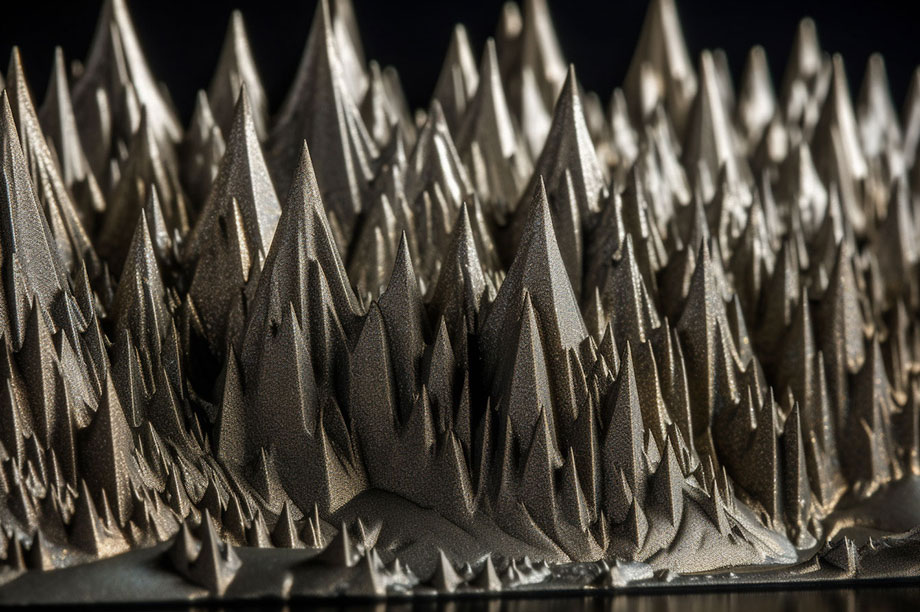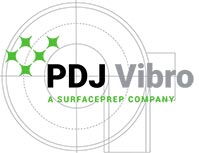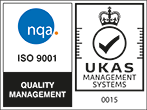When you look at a metal part under a microscope, what you might initially perceive as a flat surface can quickly resemble a rugged mountain range. Peaks and valleys, invisible to the naked eye, create a terrain that can significantly impact a part's performance, appearance, and readiness for further processing. This is where the art and science of surface improvement comes in, transforming these peaks into smooth valleys, preparing your parts for their next adventure.
Surface improvement is not about making every part gleam in mirror-like brilliance. It is about achieving the desired finish, whether that be a natural, bare metal look, a flat surface ready for anodising or chrome plating, or a high polish for cosmetic or performance reasons.
Let's take the analogy of the mountain range a step further. Imagine a process that gently and uniformly removes the peaks of the mountains, creating a more even, flat terrain. This is what surface improvement offers.

Dull finishes can mask imperfections, while a bright, polished finish will reveal them. Therefore, before we aim for that glossy, mirror-like finish, it's crucial to ensure the surface is prepared appropriately. The initial surface improvement process removes any imperfections and prepares the part for the next stage, whether that's a protective coating or a high polish.
Understanding the end goal is critical in surface improvement. A mirror polish finish, which has an extremely flat surface, might be achievable in some circumstances but often is not necessary. The key is to provide a finish that serves the purpose of the part and its next stage in the manufacturing or treatment process.
Surface improvement plays a vital role across various industries, from automotive and motorsport (including Formula 1, Formula 3, and go-karting) to medical, space, defense, and giftware. Each sector has unique needs and standards, and understanding these is paramount in achieving the desired results.
Whether your components are castings, CNC milled, turned, 3D printed, laser-cut, plasma-cut, or water jet cut, they all can benefit from surface improvement. The process is versatile and adaptable to accommodate different manufacturing methods and materials.
At PDJ Vibro, we pride ourselves on being experts in surface improvement. We understand that each part, each material, and each industry has its own set of challenges and requirements. To address this, we offer free-of-charge process analysis and sample parts processing, allowing you to experience firsthand the benefits of surface improvement.
Invest in your parts' journey from the mountain peaks to the smooth valleys. Let's explore together how surface improvement can transform your manufacturing process and elevate the quality of your products to new heights.





























